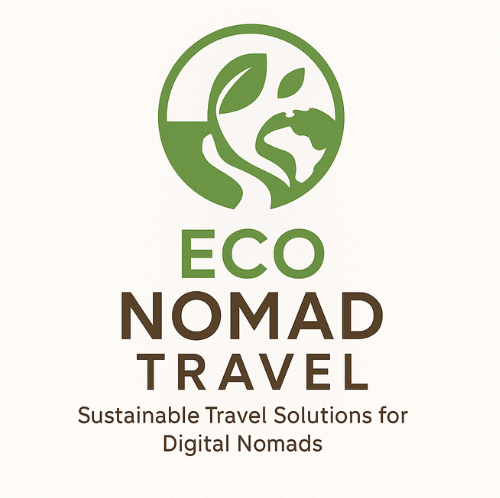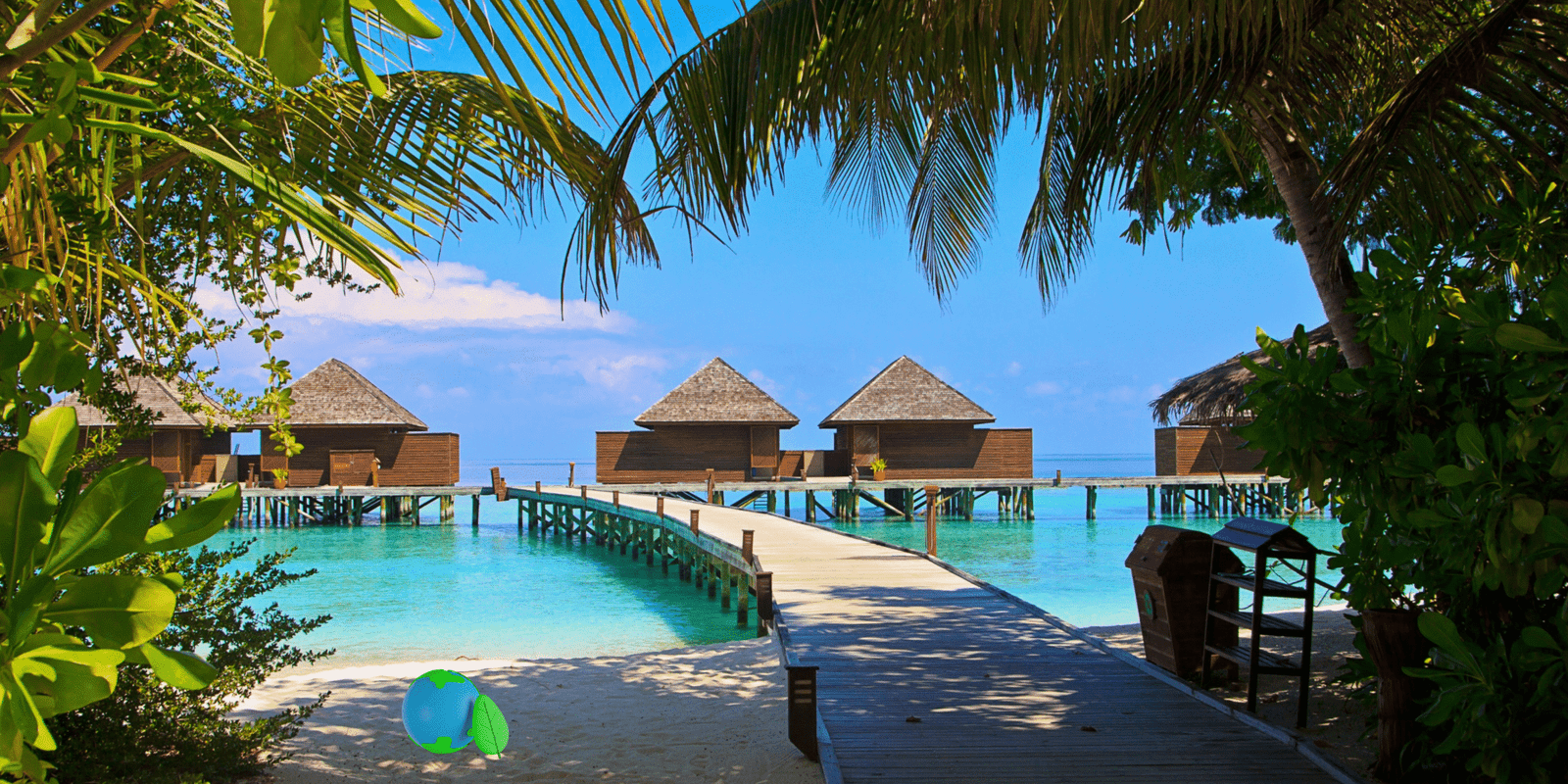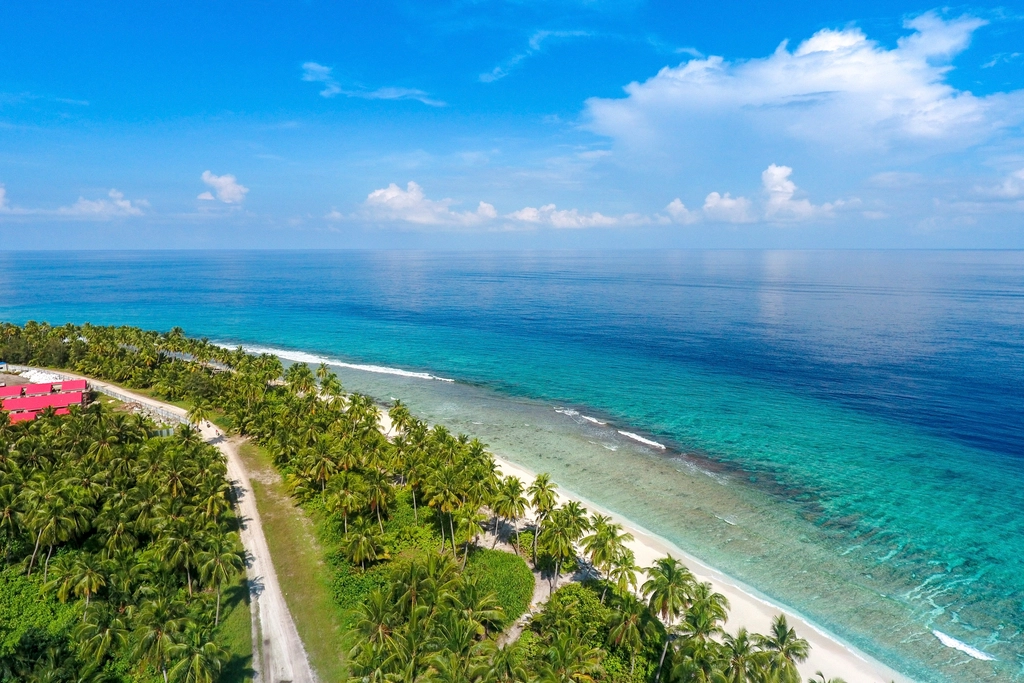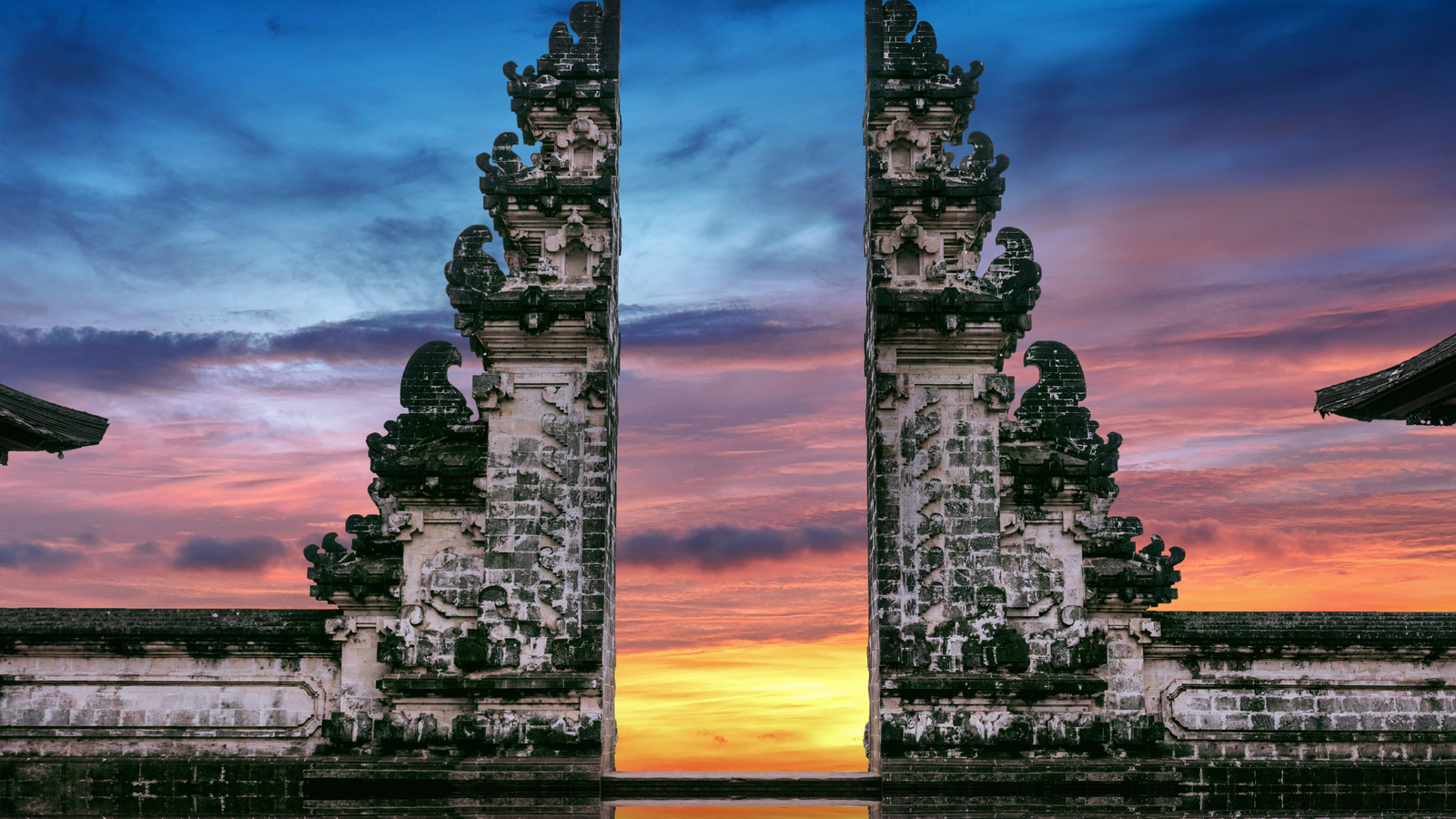Latin America’s Community-Led Eco Tours: Top Spots for 2025
Latin America community ecotourism 2025 is reshaping how travelers explore — one village, one forest, and one shared meal at a time. Across Mexico, Brazil, Peru, and Guatemala, local cooperatives are guiding a movement that turns tourism into restoration. This long-form guide dives deep into the people, science, and ethics driving community-based ecotourism today.
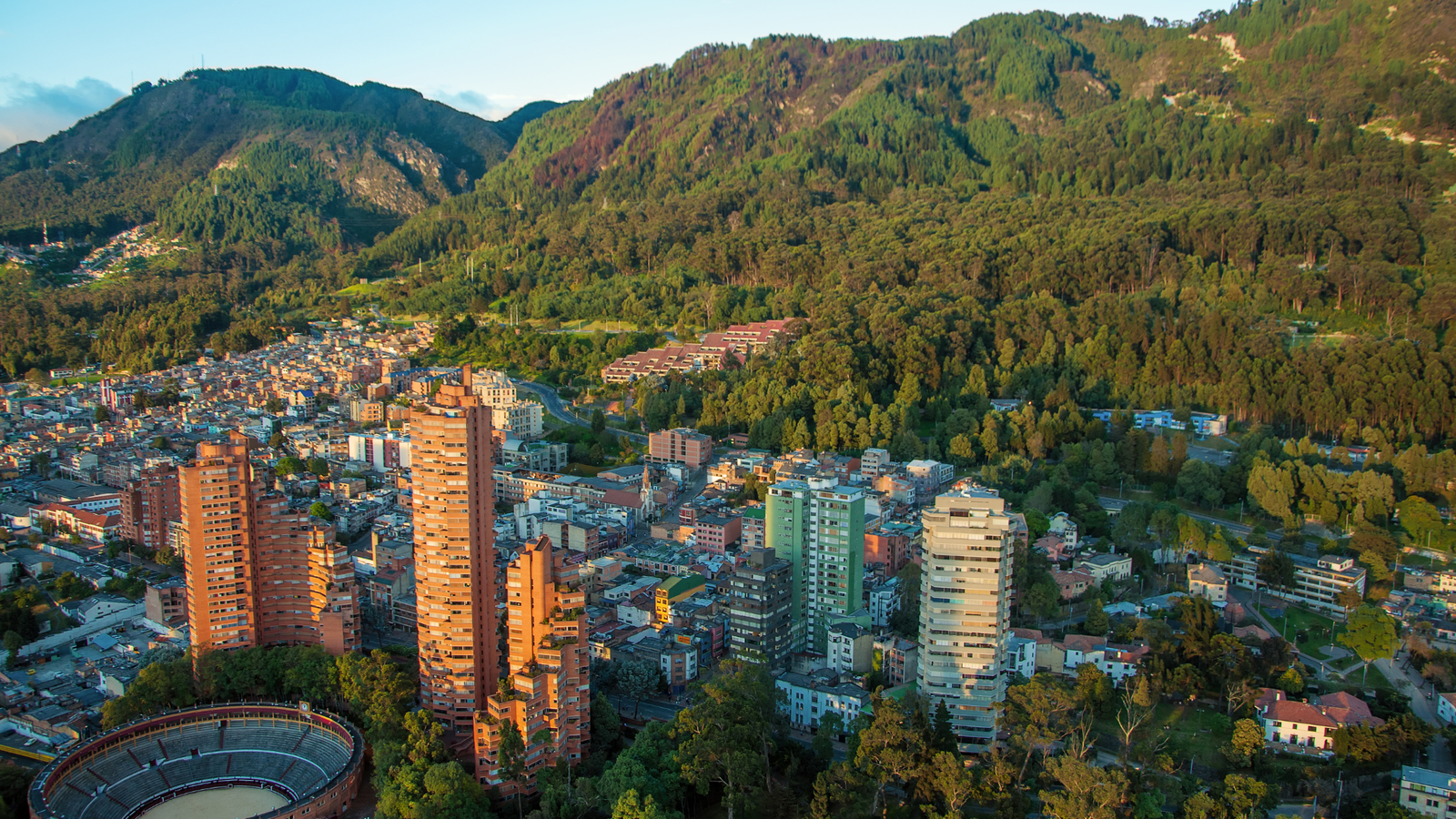
The idea behind community-based travel is simple but revolutionary: let those who live closest to the land decide how it’s shared. In Latin America community ecotourism 2025, that principle guides every trek, kayak trip, and homestay. Villagers design the routes, hire and train guides, monitor wildlife, and decide how income is spent — often on forest restoration, seed banks, or local schools. The result is a travel model where adventure and ethics finally align.
In the age of regenerative tourism, this matters more than ever. Traditional mass tourism can extract more than it gives, draining water, raising waste, and leaving profits far from the places visited. Community ecotourism flips the equation: small groups, slower itineraries, local decision-making, and measurable benefits. You leave with stories and gratitude — and communities keep thriving long after you’ve gone home.
Why Latin America Community Ecotourism 2025 Matters
From the cloud forests of Oaxaca to the wetlands of the Pantanal, Latin America has become a living laboratory for sustainable travel. Governments, NGOs, and indigenous federations collaborate to create legal frameworks that recognize community stewardship. In Mexico, communal land (ejidos) covers over half the national territory; in Peru, Andean co-ops manage sacred valleys once overrun by mass tours. Each success story adds scientific data — wildlife returning, forests recovering, social equity improving.
The keyword for 2025 is reciprocity. Travelers are shifting from consumption to contribution: planting trees instead of collecting souvenirs, learning traditional weaving instead of buying imports, funding rangers rather than resorts. This growing wave of reciprocity underpins the very definition of Latin America community ecotourism 2025 — tourism that heals.
How to Identify Authentic Community Ecotourism
- Local Ownership: Cooperative boards or village councils oversee operations and reinvest surplus locally.
- Environmental Monitoring: Projects track biodiversity indicators — from jaguar sightings to tree-cover change.
- Fair Capacity: Small group sizes protect fragile ecosystems and ensure meaningful encounters.
- Revenue Transparency: Ask for community reports; real projects share impact data.
- Gender Equity: Women’s collectives in Peru and Guatemala now run booking, guiding, and craft initiatives.
- Low-Impact Mobility: Prefer train or shared transfer options via Kiwitaxi or Welcome Pickups.
For deeper reading, explore our Sustainable Travel Guide 2025 which outlines practical methods for auditing green claims and avoiding “eco-washing.” It’s a perfect complement to this overview of Latin America community ecotourism 2025.
Regional Highlights: Where Community Ecotourism Thrives
Mexico — Butterfly Forests & Sierra Norte Routes
In Michoacán’s Monarch Butterfly Biosphere Reserve, local cooperatives restrict access to small horseback groups, preserving fragile oyamel fir forests. Visitors’ fees directly support fire patrols and replanting efforts. Further south, the Sierra Norte villages of Oaxaca operate interconnected trekking huts, each managed by its own assembly. You move from cloud forest to coffee terraces, guided by residents who share history, botany, and laughter in equal measure.
Brazil — The Pantanal’s Regenerative Wetlands
Brazil’s vast Pantanal shows how ecotourism can replace extractive ranching. Community lodges now employ former cattle hands as wildlife guides, and funds from photo safaris finance wetland fire management. Through transparent partnerships documented by Conservation International, these projects have doubled local income while cutting deforestation. Few examples embody the success of Latin America community ecotourism 2025 as vividly as this.
Peru — Weaving Cooperatives & High-Andes Homestays
In the Sacred Valley, cooperative weaving groups host travelers in adobe lodges powered by solar lamps. Trekkers learn dyeing with cochineal and indigo, share traditional meals, and contribute to alpaca-pasture restoration funds. Through Trip.com listings marked “community-owned,” you can book these stays ethically and securely.
Guatemala — The Maya Biosphere Reserve
Community forest concessions in Petén manage millions of hectares through collective contracts. Ecotourism revenue funds ranger patrols that maintain deforestation rates near zero — a model praised by the UN Environment Programme. Guests can sleep in timber-free ecolodges, tour xate palm projects, and witness a remarkable alliance of culture and conservation.
Economics, Ecology, and Culture: The Triple Bottom Line
Every overnight stay within a cooperative lodge becomes a micro-investment. One traveler’s fee might purchase seedlings for riparian restoration; another’s may fund a youth ranger apprenticeship. Economists call this the local multiplier effect — money recirculates within the valley instead of draining outward. This mechanism anchors the resilience that defines Latin America community ecotourism 2025.
Ecological monitoring reinforces accountability: communities record bird counts, soil health, and water quality, publishing updates during seasonal assemblies. These data points, often validated by NGOs, show tangible recovery of native species and watershed stability. The transparency not only satisfies donors and guests but strengthens local pride.
Cultural outcomes are equally measurable. Young artisans learn entrepreneurship through textile cooperatives, elders teach oral histories in evening circles, and bilingual youth translate conservation terms into native Quechua or Maya. In every example, heritage becomes a living, evolving asset — not a museum relic.
Preparing Responsibly for Your 2025 Journey
Before booking, align your logistics with your ethics. Use Airalo or Yesim eSIMs to stay connected without plastic SIM cards. Coordinate eco-friendly airport transfers through Kiwitaxi, and rent efficient hybrids via GetRentACar.com. These small technological shifts translate into measurable sustainability gains. Every click and kilometer can uphold the principles of Latin America community ecotourism 2025.
“Slow down, stay longer, and listen deeper — that’s the new luxury in Latin America’s community ecotourism 2025.”
Author Insight — Jeremy Jarvis
Writing from years of slow travel through Peru, Ecuador, and Costa Rica, I’ve witnessed how genuine hospitality emerges when travelers respect rhythm over rush. Latin America community ecotourism 2025 isn’t a passing trend; it’s the blueprint for a balanced tourism economy. If you’re interested in deepening the mindset behind mindful exploration, visit our sister site Mind Clarity Hub and explore The Power of Clarity — a companion read for travelers seeking digital balance before their next journey.
Technology, Transparency, and the Future of Community Travel
Digital transparency tools are transforming how ethical travel is verified. Platforms like Travel Differently and National Geographic Travel now publish open data on verified community tourism projects, allowing travelers to trace impact reports before booking. This openness is critical: without transparency, sustainability risks becoming a marketing term. When travelers cross-check credentials and certifications, they reward the villages and cooperatives doing the real work. Such informed participation strengthens both environmental stewardship and cultural preservation.
Looking ahead, artificial intelligence and virtual previews could soon connect travelers directly with local guides, eliminating exploitative middle layers. Imagine virtually walking the Andes via a co-op’s VR tour before confirming your stay — a balance of digital convenience and ethical engagement. This evolution points to a new paradigm in Latin America community ecotourism 2025: one where empathy and innovation travel side by side.
Frequently Asked Questions
Community & Impact
1. What defines Latin America community ecotourism 2025?
It refers to travel experiences owned and managed by local communities across Latin America, ensuring fair income, conservation, and authentic cultural exchange.
2. How do I confirm a project is genuinely community-run?
Look for transparent cooperative ownership structures, NGO partnerships, or listings on verified directories like Travel Differently or Responsible Travel.
3. Are these initiatives government supported?
Yes, many operate under national frameworks in Mexico, Peru, and Brazil that legally recognize communal land stewardship and eco-enterprise rights.
4. What social benefits do communities receive?
Revenue funds education, healthcare, forest restoration, and women’s empowerment projects that extend beyond tourism seasons.
5. How can travelers contribute responsibly?
Stay longer, minimize flights, book direct, and support cooperatives offering transparent reinvestment models.
Practical Planning
6. When is the best season for Latin America eco-tours?
Dry seasons between May and October offer clear weather for mountain and jungle routes, though each micro-climate differs.
7. What transport options align with low-impact travel?
Use shared transfers via Kiwitaxi or Welcome Pickups, and opt for regional trains or buses whenever possible.
8. Are eSIMs useful for remote regions?
Yes — Airalo and Yesim provide seamless connectivity without physical SIM waste.
9. Can I volunteer during my stay?
Many lodges coordinate short-term volunteering in reforestation or language tutoring; check each cooperative’s requirements in advance.
10. Is it safe to travel solo?
Community-run tours are generally safer due to strong local networks, verified guides, and transparent bookings.
Environmental Practices
11. What’s the difference between regenerative and sustainable travel?
Regenerative travel goes beyond minimizing harm — it actively improves ecosystems and livelihoods through participation and investment.
12. How do communities measure environmental success?
They track biodiversity, water purity, and reforestation rates through local monitoring teams often supported by NGOs.
13. Do eco-lodges provide modern comforts?
Most offer solar power, filtered water, and organic meals while avoiding wasteful amenities like single-use plastics.
14. Are domestic flights necessary within Latin America?
Often no — consider overland routes or night trains; see our guide on night train alternatives for low-carbon examples.
15. Can technology like VR aid conservation?
Yes, virtual tours reduce overtourism pressure by previewing destinations responsibly before in-person visits.
Booking & Budget
16. How do I find verified community stays?
Book through transparent sites like Trip.com which feature community-owned listings tagged under eco-responsible accommodations.
17. Are community lodges expensive?
They’re usually mid-range — prices reflect fair wages and reinvestment, not luxury markups.
18. What about payment security?
Use credit cards or certified online payment gateways that protect both traveler and host, ensuring transparency.
19. Is tipping expected?
Modest tips (5–10%) are appreciated; many projects share gratuities among staff to support equality.
20. How can I verify impact after my trip?
Most cooperatives publish annual social or environmental reports; reading and sharing them helps spread awareness.
The Human Stories Behind Latin America Community Ecotourism 2025
The strength of Latin America community ecotourism 2025 lies not only in preserved ecosystems, but in the personal stories that unfold across remote villages, rainforests, and coastlines. In Oaxaca, coffee cooperatives invite visitors to help with organic harvests that sustain both biodiversity and livelihoods. In Costa Rica’s Osa Peninsula, reforestation groups welcome travelers to plant native almond trees — restoring the scarlet macaw’s feeding grounds. These intimate exchanges transform sustainable travel from a theory into a tangible human network.
According to recent studies by Travel Differently, participatory tourism contributes more than 60% of local micro-enterprise income in regenerative destinations. Each traveler becomes part of a distributed social economy — funding solar panels, supporting youth training, or expanding wildlife corridors across national borders. This model ensures that sustainability scales with empathy rather than expansion.
For readers planning longer stays, our guide on sustainable nomadism outlines how to combine remote work with ethical tourism practices. Likewise, travelers seeking practical steps to reduce carbon output can review the Carbon-Neutral Travel Guide 2025, which explains how offsetting, local sourcing, and slower mobility directly reinforce the success of Latin America community ecotourism 2025.
Ultimately, what defines these journeys isn’t the distance covered, but the relationships built — between visitor and host, between technology and tradition, between progress and preservation. When these connections deepen, tourism evolves from a transaction into transformation — proving that the real destination of sustainable travel is shared understanding.
Continue Exploring Sustainable Nomadism
Affiliate Disclosure: This post may contain affiliate links. If you make a purchase through these links, Eco Nomad Travel may earn a small commission at no additional cost to you. We only recommend brands and partners that align with sustainable, low-impact travel values.
The Future of Community Ecotourism in Latin America
As the global travel industry enters 2025, Latin America remains one of the few regions where community-based tourism still feels deeply authentic. Small cooperatives in Mexico’s Sierra Gorda, indigenous women’s collectives in Guatemala, and conservation hosts in Colombia’s coffee regions are quietly redefining what responsible tourism looks like. Their message to travelers is simple: travel slower, stay longer, and give more than you take.
Research from the World Bank and CBI confirms that visitor spending within community-led frameworks delivers up to four times more local benefit than corporate package tours. By booking directly with grassroots networks or verified eco-lodges, travelers help finance reforestation, women’s entrepreneurship, and cultural preservation programs. This kind of high-impact travel doesn’t just reduce carbon footprints — it amplifies purpose.
For digital nomads and long-term wanderers, integrating remote work with sustainable travel in 2025 is easier than ever. Tools like Airalo and Yesim eSIMs make connectivity seamless, while GetRentACar.com and Trip.com enable efficient transport planning with minimal emissions. Together, these modern tools complement the timeless ethics of local stewardship.
Looking ahead, the success of community ecotourism will depend not just on technology or marketing, but on empathy — the willingness of travelers to listen, learn, and participate with humility. Each journey becomes a partnership between host and guest, where preservation and prosperity coexist. For those who believe that the future of travel is measured in connection rather than consumption, Latin America’s community ecotourism movement is the model to follow.
